
How is Corporate India Functioning? Is Work from home a better opinion?
With an exponential increase in the...

SECOND ECONOMIC SHOCK WAVE: ALARMING BUSINESS RISKS
The First Economic shock wave was...
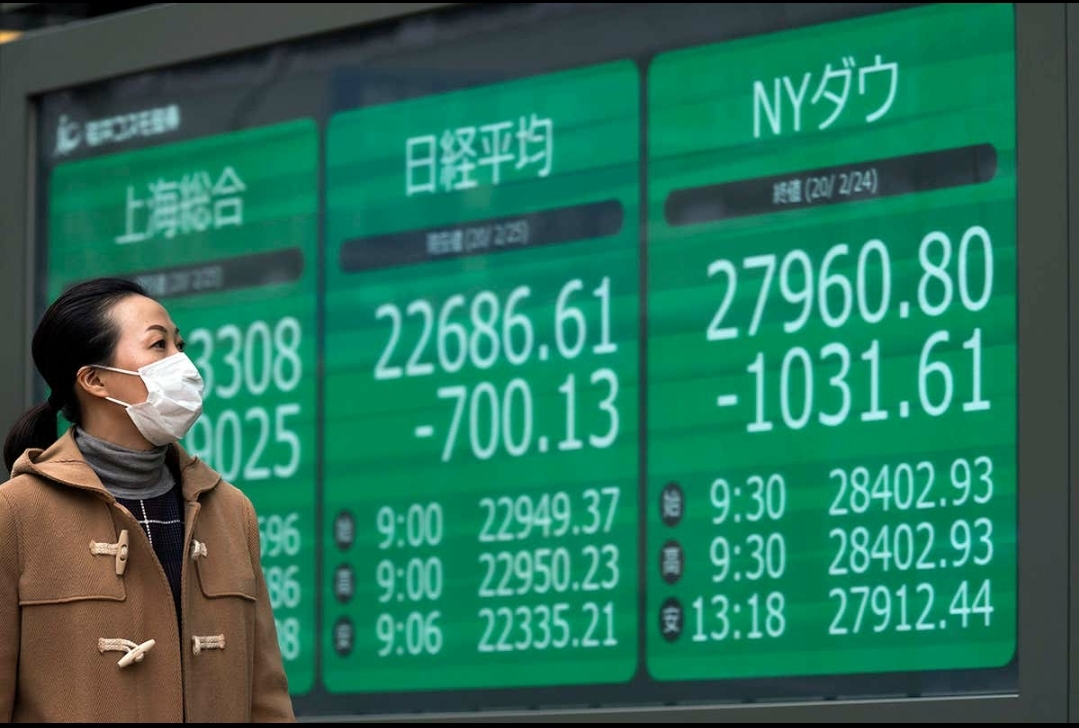
Coronavirus’ Threats to the Global Economy
Coronavirus has not solely halted and...
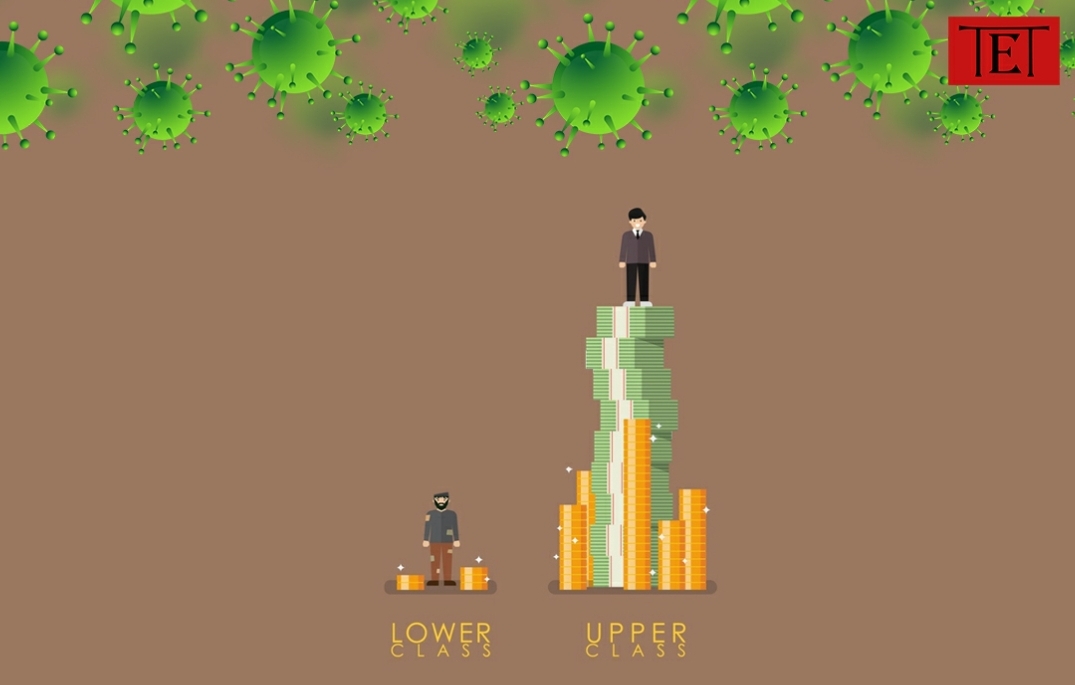
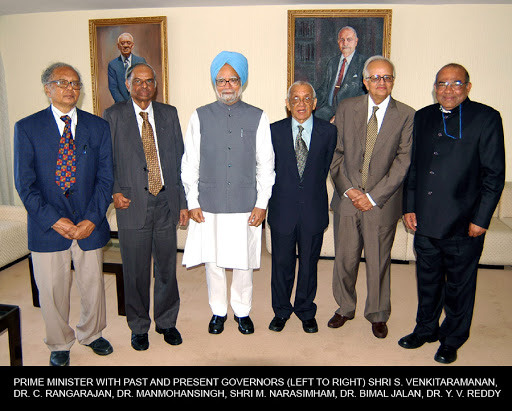
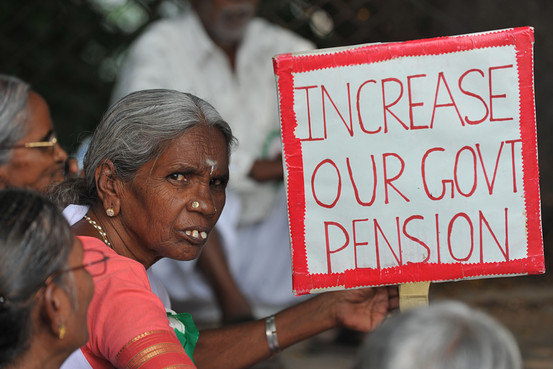
Social Security in Union Budget
Union Budget 2017 presents an uphill...

Dollar: King of the Jungle
The most important currency in the...

?Why does capital move up hill
Financial capital is like a lifeline...

Permanent Income Hypothesis.
Permanent income hypothesis is a theory...

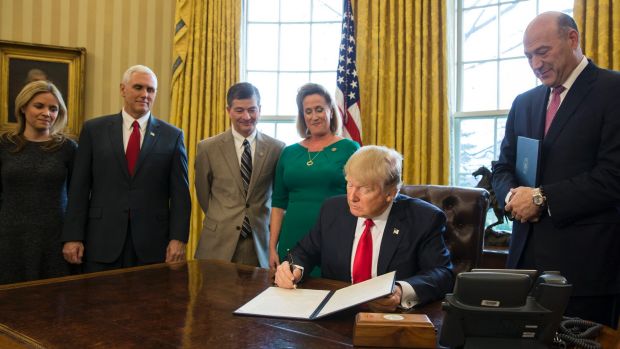
Financial Deregulation in USA
Financial deregulation can refer to a variety...
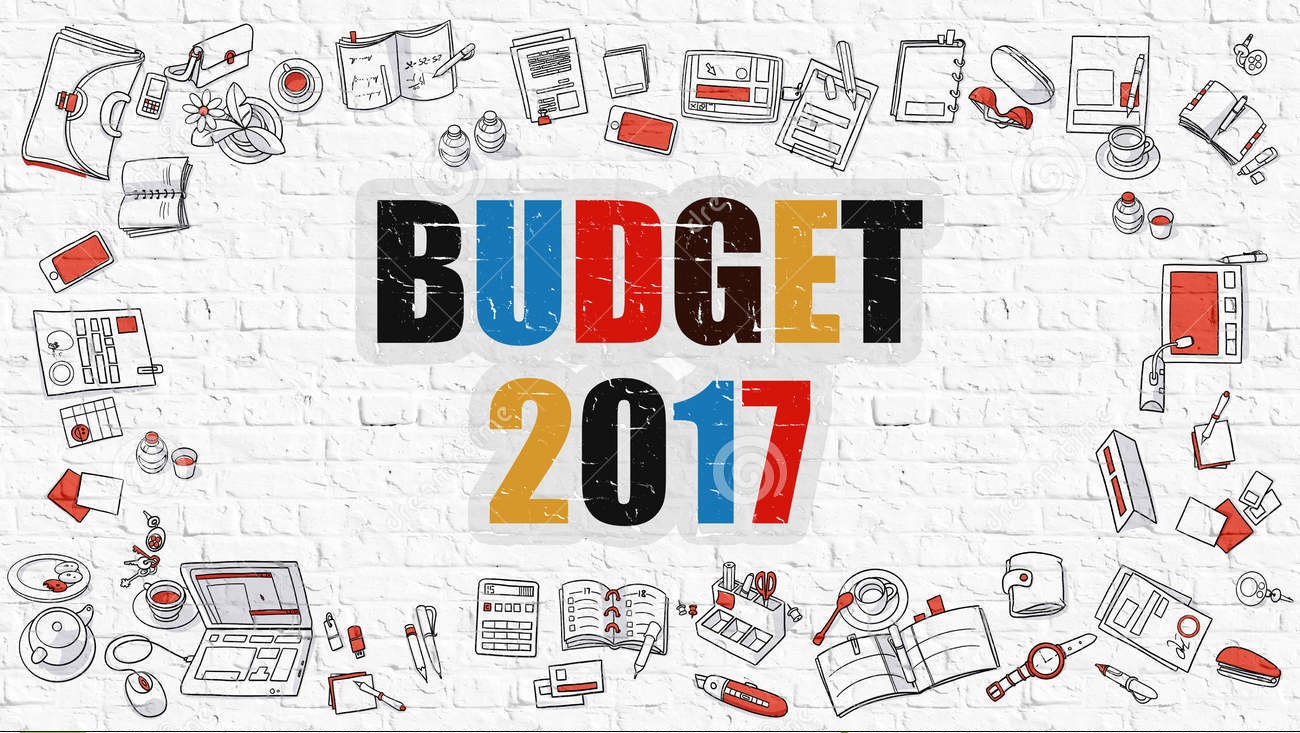
?Budget 2017: Direct Tax Changes and Proposals
With lots of positive expectations, Budget...
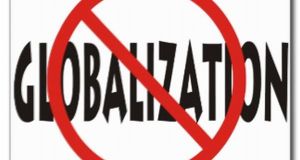
Anti Globalisation.
The term globalization is not unheard...
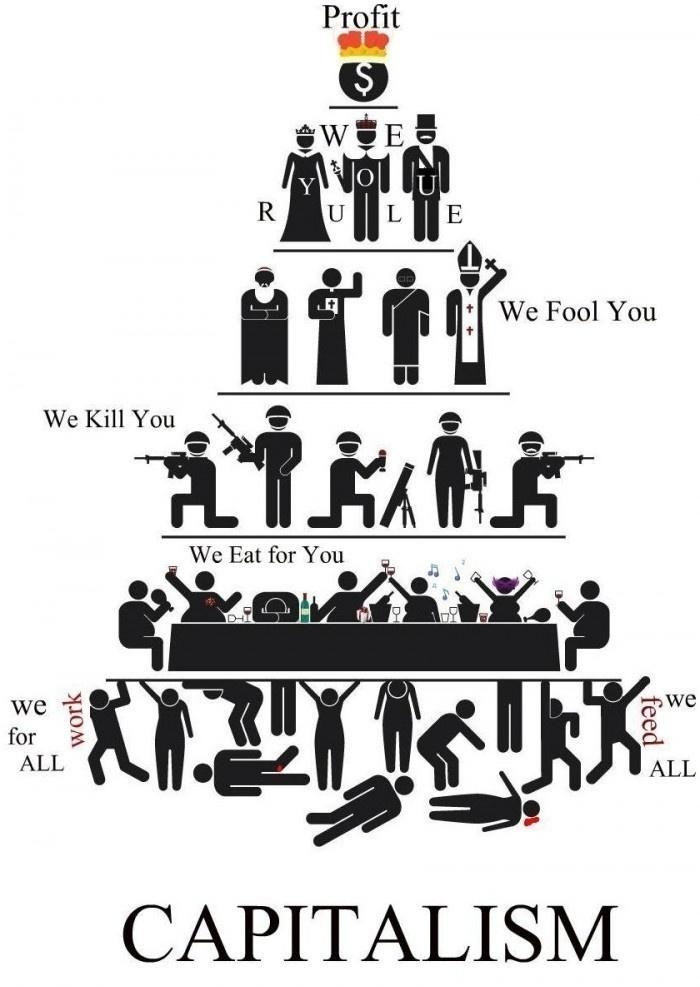
?DEATH OF CAPITALISM?
CAPITALISM Capitalism can be traced back...
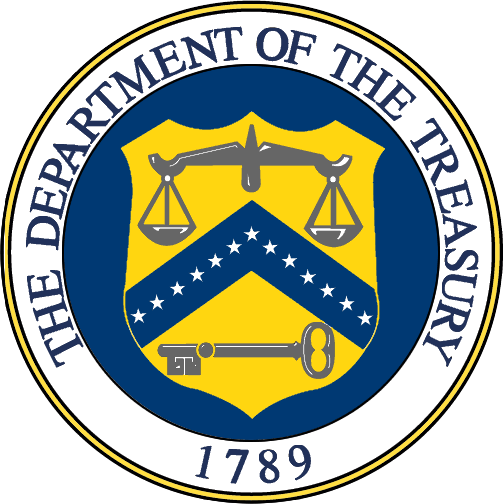
The Department Of The Treasury
The Department of the Treasury is...
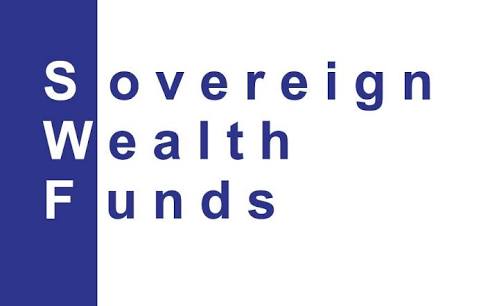
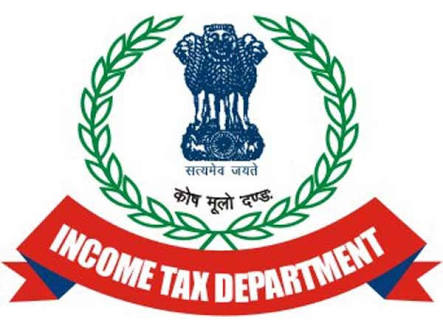
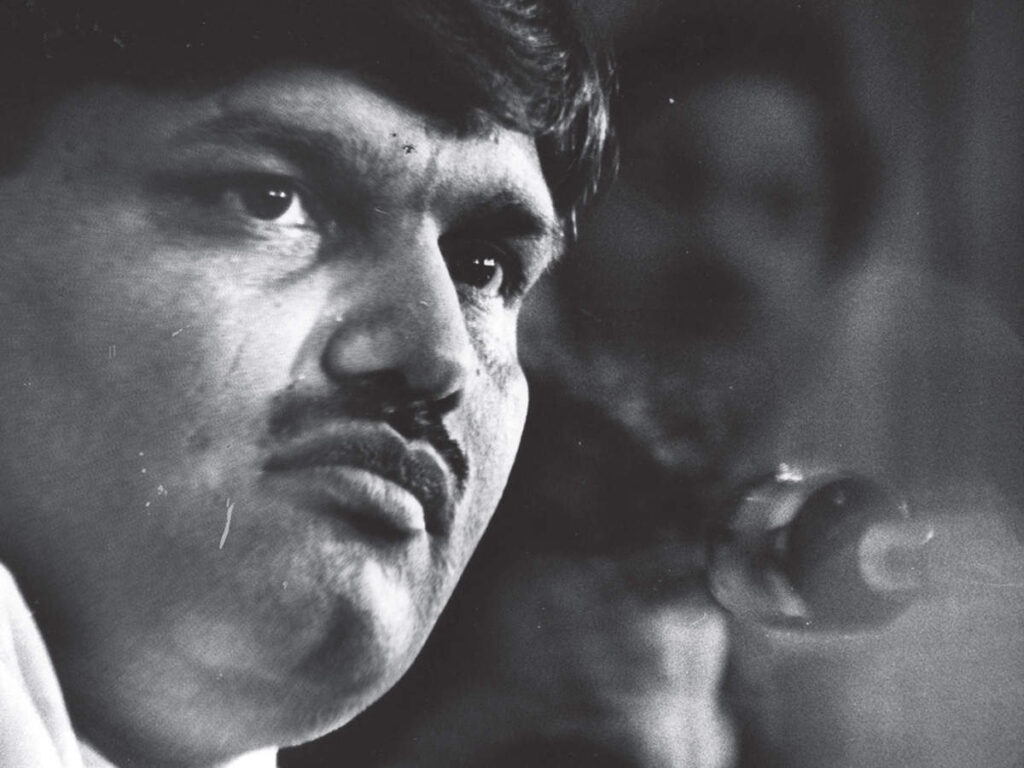
THE STORY OF A SCAM: HARSHAD MEHTA, 1992
“The money is the same, whether...
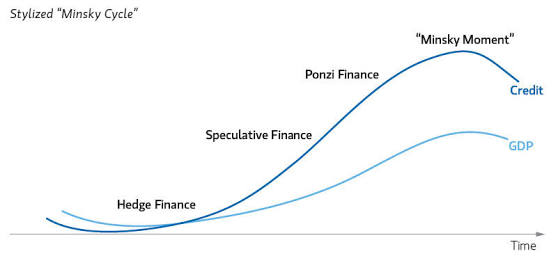

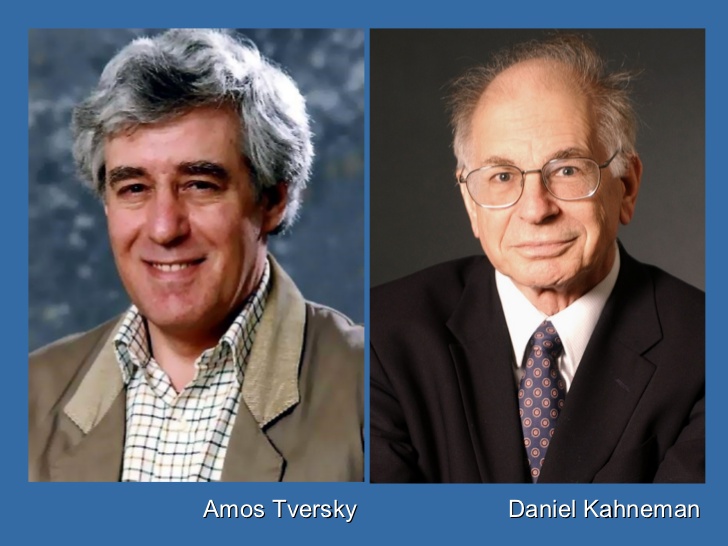
The Prospect Theory
While preparing economic models, one common...
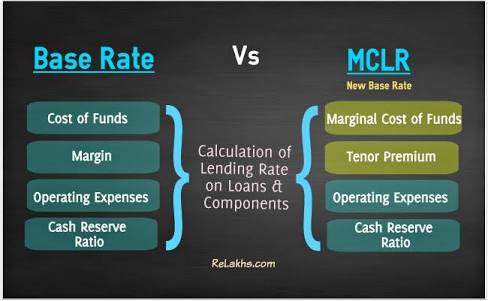


Is Bitcoin bubble going to burst?
by Saumil Mathuria What is Bitcoin?...
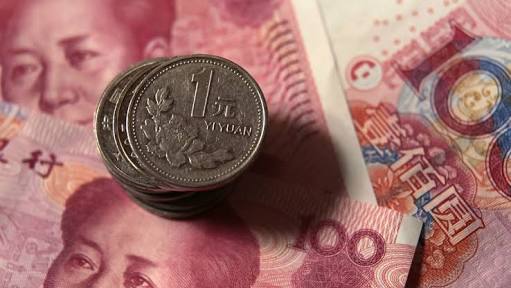
Yuan as a SDR Currency: what it means for China
By Rajashree Kundalia The Yuan was...


Mobile Money Revolution In Developing Nations.
By Kushal Bhatt ?I recently saw...

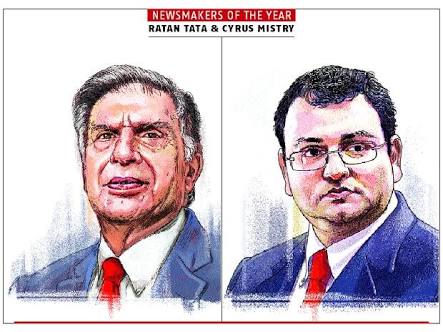
Mistry’s Mystery: TATA’s time to reboot
By Gaurav Prakash. The Tata group,...

NSE IPO: the sweepstake for Investors
By Kushal Bhatt India’s largest stock...
